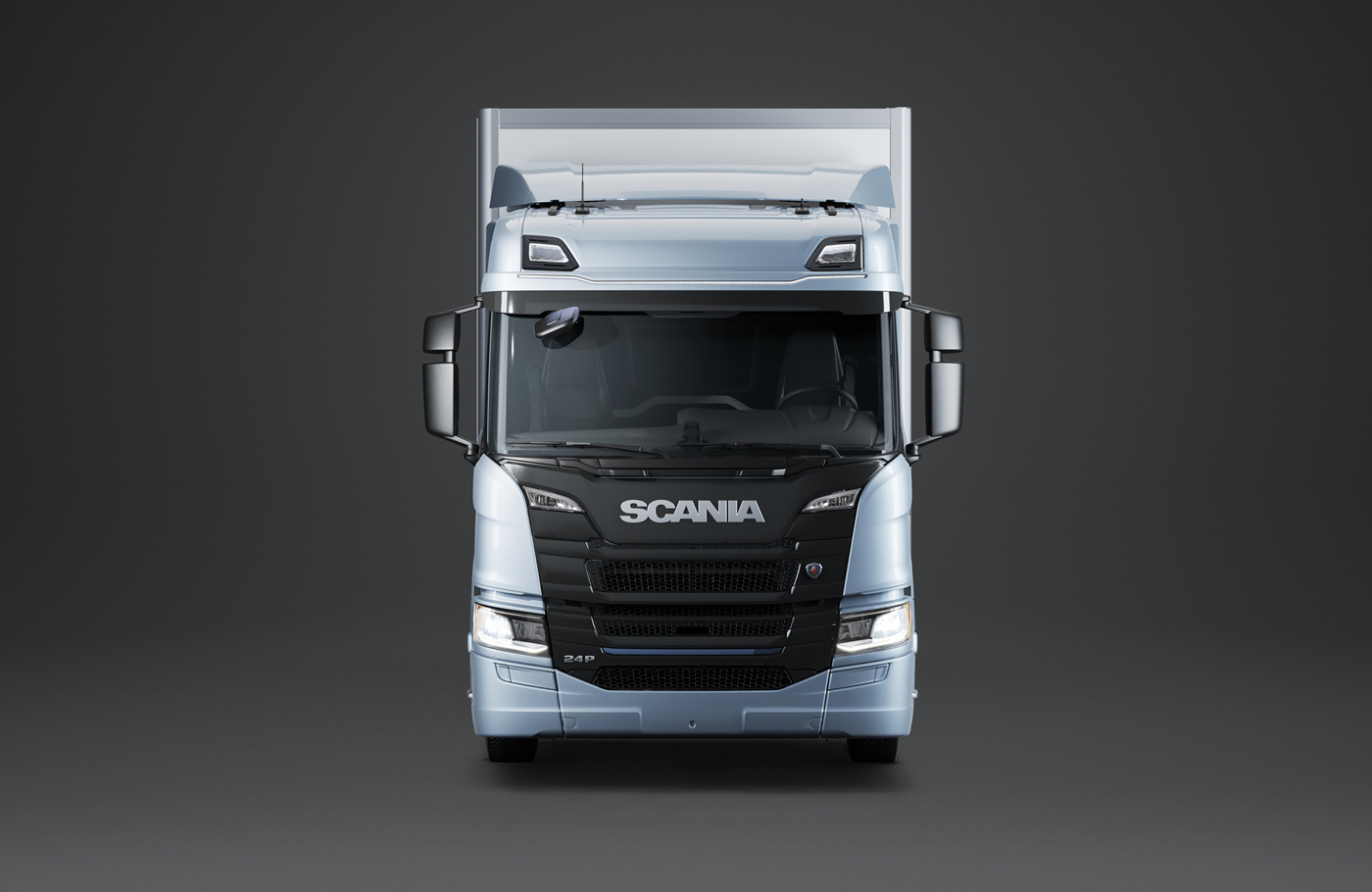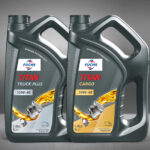Scania adds more solutions to electric truck range
Scania adds more solutions to electric truck range
Scania – which launched its first electric truck in South Africa back in August 2022, when it delivered a pilot vehicle to the Shoprite Group – is continuing to expand its global range of battery-electric vehicle (BEV) trucks by introducing more electric machines, axle configurations, and cab alternatives, plus a number of power take-off solutions.
Today, Scania’s offer covers a broad range of applications and operations; customers with different needs can expect to find their own tailormade solutions. “We are steadily adding more and more customer value and specification choices with our continuous introductions,” says Fredrik Allard, senior vice president and head of e-mobility at Scania.
The components and solutions being introduced by the company in this particular round should make haulers and transporters within distribution or construction-related operations sit up and take note. Scania is offering a tandem bogie axle for BEVs, meaning that tippers, hook lifts, concrete mixers, and a number of other rigid-based applications can be specified without having to sacrifice traction or load-carrying capacity.
In addition, the company is introducing two versions – 210kW and 240kW – of the electric motor EM C1-2. These are perfect for certain construction-oriented operations, considering that the power levels are spot on (285hp or 326hp) with the typical specification for trucks used by municipalities.

“If I were to do a diesel comparison, it is the nine-litre engine equivalent,” says Allard. “It’s the kind of electric machine that fits in an endless number of operations by being light and flexible, yet also powerful. It has one single permanent magnet, two gears, and is really ‘torquey’ for its size. It offers driveability and the smoothness that drivers have come to expect from electric powertrains.”
The market for electric vehicles is maturing faster in some areas than others. This is mostly related to the availability of charging infrastructure and access to power supply. Finding the right charging solution does not have to be complicated though: Scania can guide the customer through the whole process and help set up the right charging solution. “It’s a common misconception that charging is more complicated than it actually is,” says Allard. “Many customers will do fine with a standard depot charging solution that we can guide them in designing and building.”
Another area that has offered certain initial challenges when going electric is the power take-off (PTO). Efficient and robust PTOs are essential for a host of applications; this is why Scania is now adding a number of different PTO solutions.
Scania’s battery-electric trucks come with impressive numbers on the battery side, too. The batteries will last for 1.3 million kilometres – the lifetime of the truck. And their carbon footprint is approximately one-third of a comparative industry reference, due to the fact that they are produced with fossil-free electricity in northern Sweden. Scania has chosen lithium-ion batteries in prismatic shapes; these are assembled in Södertälje into battery packs of 416 or 624kWh, with state-of-charge windows of approximately 83% usable energy.
“The transition towards electrification is imminent,” says Allard. “The reasons not to transform are rapidly being ironed out, while more reasons for switching to electric trucks appear before our eyes every day. Add to that the demands from legislators and transport buyers, as well as the fact that BEVs are loved by the drivers, and it becomes obvious why electric trucks are about to dominate our industry.”
Published by
Focus on Transport
focusmagsa




